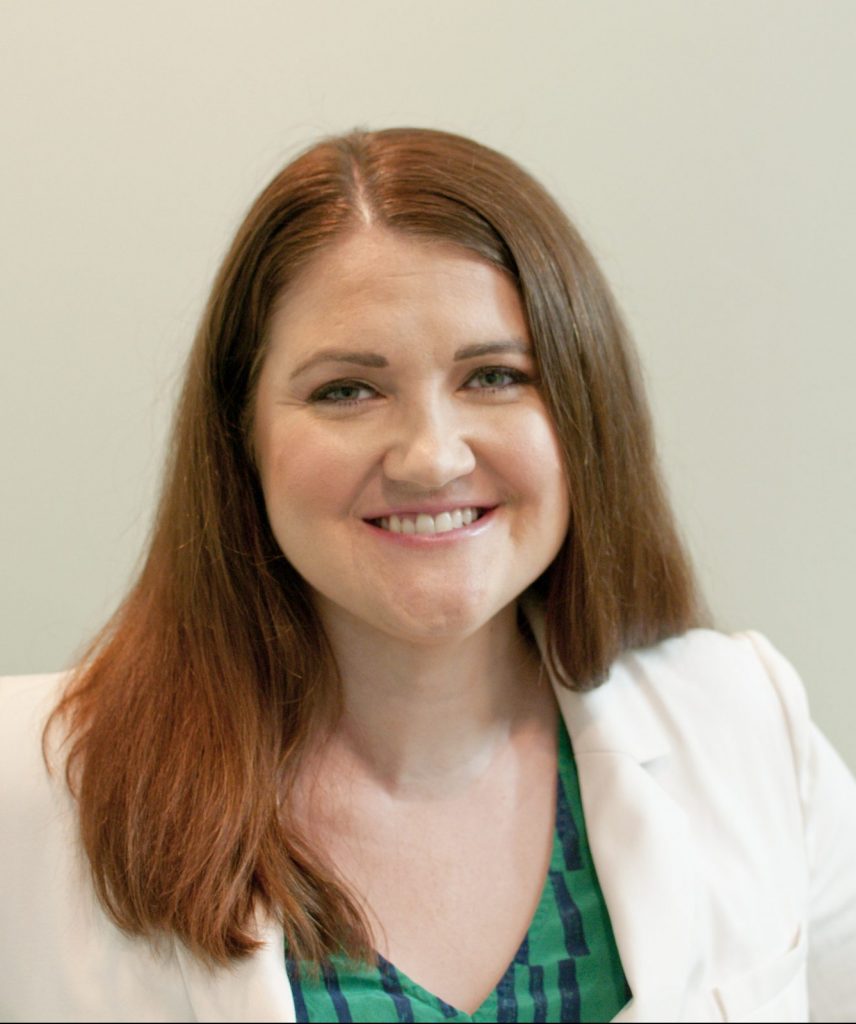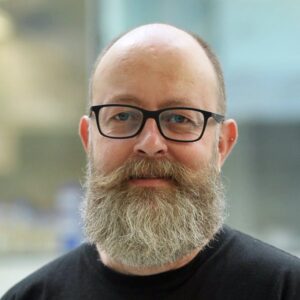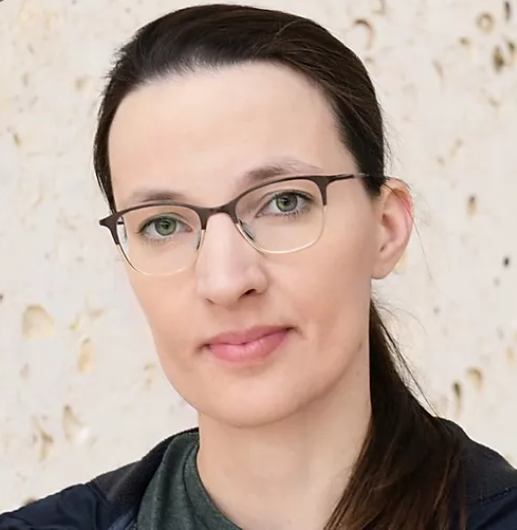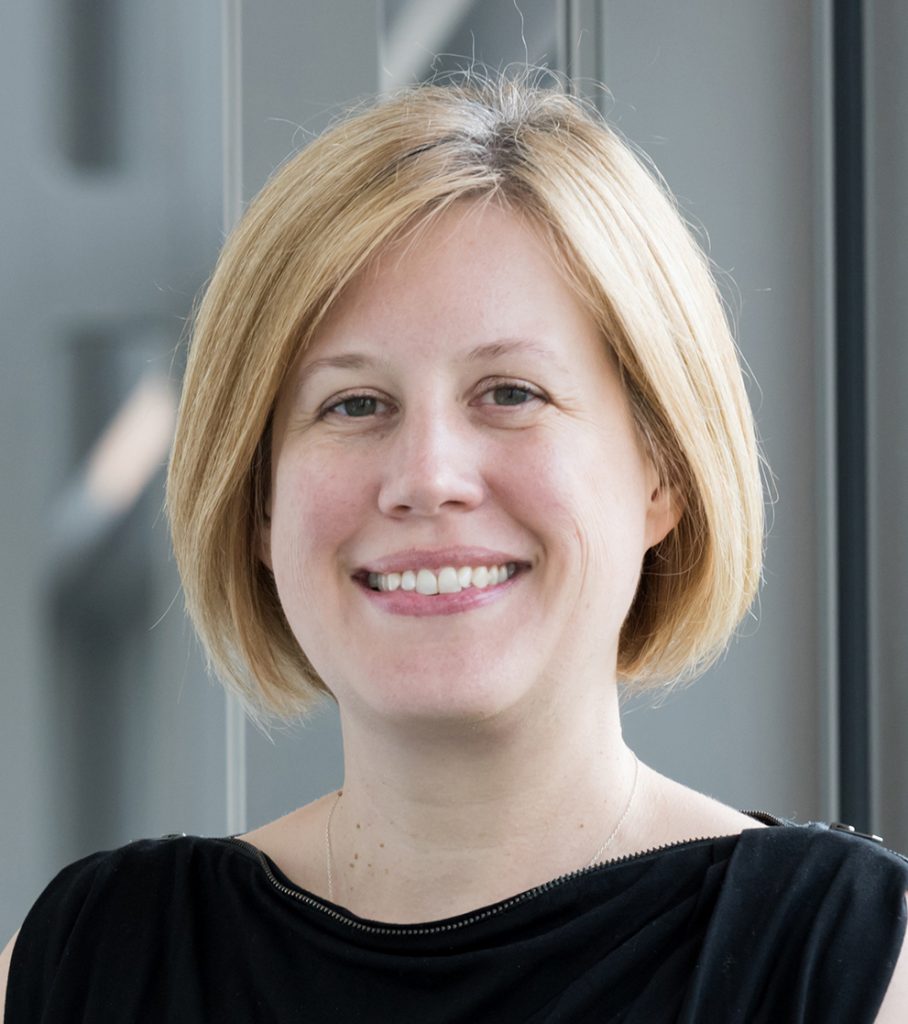A ‘lockdown post’ from facility managers across the world
Posted by FocalPlane, on 1 July 2020
The year 2020 has been challenging so far. The current lockdown measures everywhere across the world brought about a change in how we work. But we have adapted and we have overcome this challenge in this new era of ‘working from home’. Here’s how people from imaging facilities in different parts of the world are getting through this time.
Heather Brown-Harding – Wake Downtown Microscope Facility, USA

Dr Heather Brown-Harding is the assistant Director of Microscopy at Wake Forest University and the manager of Wake Downtown Microscope Facility.
21 April 2020
Normally, I do several hands-on training sessions a week and help troubleshoot sample preparation and acquisition for our users. Since we are no longer in the lab, I have been spending my time doing virtual consultations on how to analyze already acquired data as well as discuss the feasibility of future experiments. My time is also filled with reading manuscripts and attending the student committee meetings for which I am a member.
These virtual consultations are still a lot less time-intensive than my usual work. The extra time has allowed me to create a comprehensive image analysis workshop series for students during the summer. The hope is that if students have a better idea of the many ways they can analyze their data, they will create better-structured experiments when they are at the microscope.
Fabrice Cordelieres and Christel Poujol – Bordeaux Imaging Centre, France

Dr Fabrice Cordelieres is a bioimage analyst and live imaging specialist at Bordeaux Imaging Centre.

Dr Christel Poujol is the technical manager of the Bordeaux Imaging Centre.
15 May 2020
As a consequence of the pandemic, for the first time in its history, the Bordeaux Imaging Center, Photonic unit, has closed its door on March the 16th, 2020. We, as engineers, were heart-broken to leave our dear users and machines, but we knew this was the best option (see https://youtu.be/DgbcO914Fp0). For all of us the first days of lockdown have been dedicated to setting up several resources to work from home. A dedicated e-lab book has been setup (https://www.elabftw.net/), and we’ve explored use of wikis to switch our user-manuals from printed material to dematerialized ones.
We kept our weekly Tuesday morning meetings alternating organizational questions of service, budget, human resources, funding projects, equipment… but also scientific meetings. We were thus able to share and discuss remotely each other’s experiences on tissue clearing and immuno-labelling of large sample, or on multi-color, multi-scale super resolution techniques and also on correlative microscopy and the benefits of cryo fixation. We contributed to share our know-how, through the French Technical Network in Microscopy (RT-MFM, http://rtmfm.cnrs.fr/). Have a look at our webinar about lattice light-sheet: https://www.youtube.com/watch?v=wYyfngGJb_4&feature=youtu.be. We’ve kept in touch with our users through our newsletter.
Our users’ requests did not slow down, and we have been engineering new ways to help, mainly on data analysis and papers’ finalization, using online resources. This time has also been a great opportunity to refine our knowledge, and even explore new fields. In this matter, we took advantage of the NEUBIAS Academy (http://eubias.org/NEUBIAS/training-schools/neubias-academy-home/) and all the webinars microscopes providers have been setting up. Keeping the connection within the team while staying at home has not been an issue: we kept in touch through daily “Skype Coffee Breaks”, a moment to share both work-related information and making sure everyone was ok.
Overall, this period has been a challenge for the team, but we have been facing it all together. We can’t wait to be all back in the Facility, welcoming our happy (masked) users in our premises.
Ulrike Boehm – Janelia’s Advanced Imaging Center (AIC), USA

Dr Ulrike Boehm is a physicist, data scientist and bioimage analyst at the Janelia’s Advanced Imaging Center (AIC).
30 April 2020
Janelia’s Advanced Imaging Center (AIC) usually hosts several 2-3 week-long imaging sessions on pre-commercial advanced microscopes for external (non-Janelia) users. With the current lockdown situation due to Covid-19 and therefore, with the worldwide implemented travel bans, the AIC’s visitor schedule was put on hold. Momentary, we are catching up with data analysis, focusing on creating educational microscopy/imaging materials and preparing workshops and microscopy training sessions.
At Janelia’s Light Microscopy Core Facility, a core facility usually open to all Janelian, the situation looks a bit different. This core is still open, but only special authorized Janelians can use the scopes. These special authorized individuals must be vetted before entering the building and the core to avoid any non-essential work during the Corona times. Therefore, the number of users is also very low which facilitates physical distancing. Other measures which have been put in place are the following: users have to wear masks and gloves, 70% ethanol is available at every scope and workbench and has to be used before and after each scope session to clean the equipment, only one user is allowed per scope room, the core facility team members work remotely and use Zoom and TeamViewer to assist users in case troubleshooting is needed and training of new users has been postponed until further notice.
But of course, these measures will be constantly revised and updated depending on how the situation develops to ensure the safety and well-being of core staff and its users.
Lucy Collinson – Electron Microscopy Scientific Technology Platform – The Francis Crick Institute, UK

Dr Lucy Collinson is the director of Electron Microscopy Scientific Technology Platform (EM STP) at the Francis Crick Institute, London, UK.
03 June 2020
London went into lockdown on March 23rd 2020 in response to the COVID-19 crisis. In preparation, the EM Scientific Technology Platform (EM STP) at the Francis Crick Institute had trialled home working the previous week, moving desktop monitors to home offices and buying up a supply of 5 TB portable hard drives to transfer our massive volume electron microscopy and correlative datasets. We also tested VPN connections into the institute, connecting to desktop computers, image processing workstations and the Crick’s high performance computing resource.
The week of the 16th March was the last time most of us set foot in the building. Like many others, we spent the first month learning how to work remotely as a team. Zoom has been our best friend (it is hard to imagine how we could have continued working productively without it) and our worst enemy (the eighth or ninth hour of zoom meetings in a single day is a peculiar virtual trial of mental stamina and physical inaction). It has enabled us to continue our weekly lab meeting, with fantastic invited speakers bringing us up-to-date on the latest tech innovations, organised by EM STP Deputy Head Raffa Carzaniga. I have weekly zoom catch-ups with each of the 14-strong team, and we have daily coffee zoom meetings with a different theme everyday (check them out at #ZoomTeamChallenge on Twitter).
There has been no shortage of work for the team during lockdown. Image analysis is a particular challenge in EM, and many of our research collaborations require manual segmentation and 3D reconstruction of cell and tissue structures, a laborious process that could have been purpose-designed for lockdown. Marie-Charlotte Domart and Matt Russell in the lab have run remote training sessions on TrakEM2 (FIJI) and 3dmod (IMOD) segmentation for lab members and collaborators, and are engaged in a friendly battle to persuade others to use their ‘favourite’ software. Several team members are training machine learning algorithms using the Ilastik software, though this has to be done through remote connections to our workstations due to the computational demands. Our Microscopy Prototyping team, headed up by Martin Jones, have been largely unaffected by remote working since a lot of their work is computational, involving coding, mathematical modelling and citizen science (find our latest Etch a Cell projects on the Zooniverse Platform at https://www.zooniverse.org/projects/h-spiers/etch-a-cell-powerhouse-hunt).
The fort has been held onsite by Raffa, who is close enough to the Crick to walk into work. She has kept an eye on the labs during lockdown, and has supported remote connections into the microscopes for data collection and development work, whilst also being trained to work in the CL3 labs to support the Crick in their innovative COVID-19 testing pipeline, which is supporting local NHS teams and care homes. With an eye to re-starting wet-lab work now that lockdown is lifting, she is building processes for social distancing and safe working onsite, and we expect the first new samples from our research labs in the next couple of weeks. In advance of receiving SARS-CoV-2-infected cells and human tissues for newly initiated research, we also organised a webinar to support the microscopy community in safe handling of these hazardous samples (https://www.crick.ac.uk/whats-on/webinarimaging-sars-cov-2-safely-protecting-the-microscopy-community).
We have been very fortunate that everyone in the team has stayed well and has been able to continue to work productively. In some ways it has brought us all closer together, as we never had time for a daily coffee before and now it is part of our lockdown routine. It is unlikely that we will see a complete return to our old ways of working in the future. Zoom meetings are here to stay, we will commute less where home working is possible, we will remote connect into our microscopes more frequently, and we will travel less for conferences, as much for the environmental crisis as the COVID-19 crisis. I think most of these new ways of working will change our scientific life for the better.


 (4 votes, average: 1.00 out of 1)
(4 votes, average: 1.00 out of 1)
